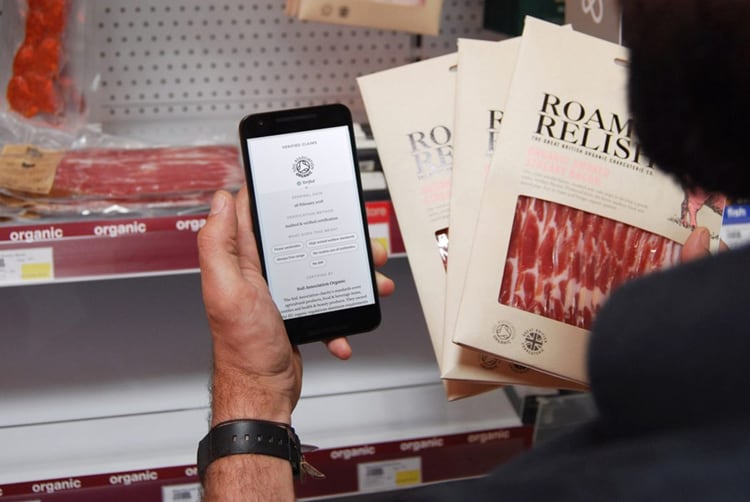If there is one area that online grocery retailers struggle to compete with bricks-and-mortar outlets it’s in giving consumers the opportunity to pick and choose fresh fruit, vegetables and meat. But Mintel believes transparency in sourcing is one way they can attempt to bridge this gap.
“Being able to interact, touch and feel products in physical stores surely helps, and in terms of grocery we did find that in online grocery retailing [in the UK in 2016] the main reason some had stopped or were doing less online grocery shopping was a lack of control when choosing fresh products," said senior retail analyst at Mintel Nick Carroll.
“Ocado is the only major online-only grocery retailer and they try to be as transparent as possible with their sourcing and warehousing - although there is added incentive to do this as they are trying to sell their expertise in this area to other retailers,” he told FoodNavigator.
E-commerce giant Amazon has also started to offer what senior trends consultant at Mintel Richard Cope described as “the ultimate in openness” - warehouse tours for curious customers while UK premium retailer Waitrose based a whole advertising campaign on live streamed footage from a farm to show where their products come from.
According to Kiti Soininen, category director for food & drink research at Mintel, technology can play a significant role in driving transparency.

One specific example of this is the use of blockchain. UK organic certification body Soil Association ran a pilot scheme to manage its supply chain for – in this case – bacon.
By partnering with tech firm Provenance, it tracked data from the farm, abattoir and processor through to the certifier and shop to create a digital profile of the bacon product, which consumers accessed by scanning a barcode or QR code using their smartphone.
While investments in this kind of technology may be out of reach for start-ups with limited means, there are ways for smaller manufacturers and suppliers to be more transparent.
Carrol gave the example of UK online coffee retailer Hasbean, which features details and photos of the farmers for each of its coffee beans on its website.
However, food isn’t the only area where consumers are demanding clarity over sourcing; the fashion industry has also been pushed to be more open.
One in five 20-24-year old Brits said they would like online retailers to have videos showing how clothes and shoes are made, according to a Mintel survey, and some progressive fashion outlets have been trialling transparency initiatives that could provide some inspiration for the food sector.
Fashion retailers Everlane and Reformation have started providing price breakdowns and environmental scores on their websites, with Everlane revealing the costs of material, labour and transportation.
“Products are then offered, minus the traditional retail mark-up,” Cope wrote in Mintel’s Consumer Trends Report for 2018.
